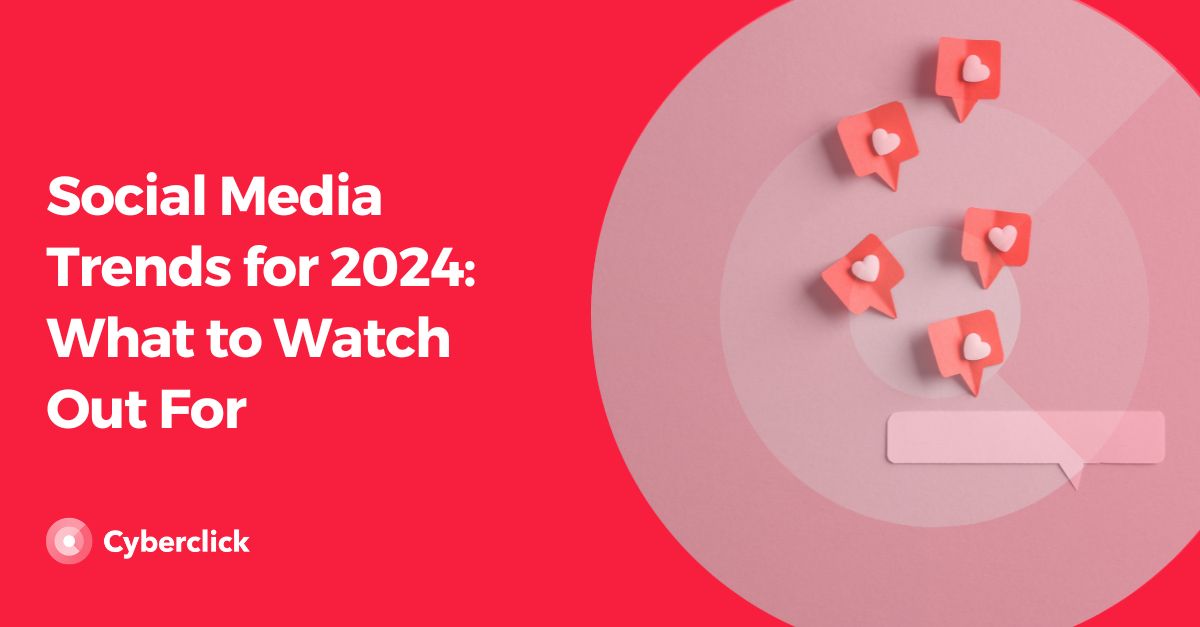Media planning is an important part of any marketing strategy as it consists of planning the best way to deliver a message to your target audience. This involves deciding how, when, where, and why your brand is sharing content. It also incorporates analyzing and deciding audiences, channels, platforms, messaging, and advertisements to make your marketing strategy more effective.
Below, we will share the benefits and challenges of media planning, how to create your media plan, and media planning strategy tips.
Benefits of Media Planning
Getting to Know Your Audience
Media planning can help you understand your audience on a deeper level, and then use this knowledge to reach them more effectively through your content.
Communicating Effectively
By carefully planning your messaging and other aspects of your content, you can make sure that you are reaching your audience in a more effective way.
Budgeting
You can use media planning to stick to your allocated budget by accounting for all costs, while still making your content engaging and of high-quality.
Optimization
Your media plan can help you use data to track what strategies work best for your brand, as well as possibilities that could enhance your marketing strategy in the future.
Keeping Up With Media Trends
A good media plan can help you stay up to date with trending media strategies that can best reach your target audience at a specific time, while can help you compete with other brands’ in your sector.
Pursuing Business Goals
Media plans can help you stay on track with your overarching business goals, and not lose sight of the bigger picture in terms of your overall brand objectives.
Challenges of Media Planning
Audience Targeting
Accurately defining and targeting your audience can be difficult, and misunderstanding your audience can waste resources and result in poor campaign performance. Fully understanding your audience and what kinds of messages resonate with them is very important.
Budget Constraints
Media planning revolves around budgeting, which usually has limited flexibility and can impact the fluidity of your planning and strategy. A limited budget can restrict your choice of media channels and messaging but, with a bit of creativity, it's possible to overcome this.
Integration Across Channels
It can be difficult for marketers to measure the success of so many different online and offline channels compared to one another, which makes it difficult to decide which channels are most effective.
Changing Media Landscape
The media landscape is constantly evolving, and new platforms and technologies continue to emerge. While media planning can be helpful for staying up to date with trends, it can still be difficult to keep up with these changes.
How to Create a Media Plan
1. Define Clear Objectives
Establish clear objectives that align with your overall marketing goals and are specific, measurable, achievable, relevant, and time-bound.
2. Identify Target Audience
Identify and research your audience in terms of demographics and behavioral characteristics. Use tools like market research surveys and social media insights to help your research.
3. Set a Budget
Create an appropriate budget based on your campaign objectives, media channel costs, and expected return on investment.
4. Select Media Channels
Choose media channels according to your audience research that will most effectively reach the widest range of your target audience.
5. Determine Timing and Frequency
Ensure that the timing of your campaign aligns with your media objectives and any behavioral trends that your audience will likely follow.
Media Planning Strategy Tips
Consider Reach
Be sure that your channels and the frequency with which you post will reach your target audience so that viewers will be most impacted by your content.
Track Engagement
Track the impact of your campaigns on viewers, as well as overall audience engagement with each of your channels. This will allow you to adjust your strategy according to the impact that you are having.
Monitor Campaign
After implementing your media plan, monitor its performance regularly. Make sure to track key performance indicators such as reach, engagement, conversion rates, and return on investment to measure the effectiveness of your campaign.
Analyze and Optimize
Based on the performance data, make any necessary adjustments to optimize your campaign. You may need to reallocate your budget or tweak content so that your campaign stays on track to achieve your established objectives.
Post-Campaign Analysis
After the conclusion of your campaign, conduct a thorough analysis of your efforts to evaluate success and effectiveness. Compare your results to your initial objectives and analyze what worked well and what could be improved.
Social Account Manager at Cyberclick. Le apasiona el marketing, las redes sociales, leer y escribir.
Social Account Manager at Cyberclick. Passionate about marketing, social media, reading and writing.







Leave your comment and join the conversation